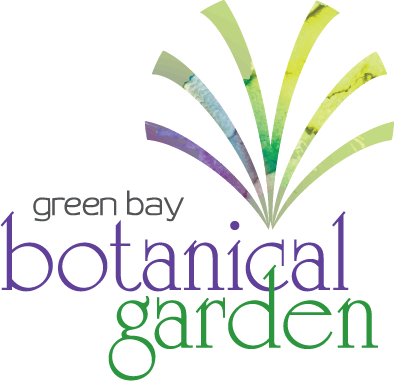From the Dust Bowl to epidemics of plant diseases, learning regenerative agricultural practices has been a process of tremendous trial and error for the Western world post-colonization. Meanwhile, indigenous communities have successfully cared for the land for centuries, nourishing their people and respecting the earth’s generosity.
The Oneida Nation
The Oneida Nation is a part of the Haudenosaunee or Iroquois Confederacy. They’re originally from the State of New York in the Finger Lake Region, but were removed from New York and resettled on Menominee land in what is now Green Bay in 1822. Like many other native communities, they’ve long practiced the tradition of the Three Sisters, creating larger harvests and nurturing the land they sow.2

The Three Sisters: A Haudenosaunee (Iroquois) Origin Story
Once upon a time very long ago, there were three sisters who lived together in a field. They were quite different from one another in their size and also in their way of dressing. The littlest sister was so young that she could only crawl. She was dressed in green. The second sister wore a dress of bright yellow and she liked to run off by herself. The third was the eldest sister, standing always very straight and tall above the other sisters and trying to guard them. She wore a pale green shawl, and she had long yellow hair that tossed about her head in the breezes.
There was only one way in which the three sisters were alike: they loved one another very dearly, and they were never separated. They were sure that they would not be able to live apart.
After a while, a stranger came to the field of the three sisters, a young boy. The three sisters were very much interested in the boy. They watched him and wondered where he went at night. Late in the summer, one of the three sisters disappeared. This was the youngest sister in green, who could only creep. Her sisters mourned for her until the fall, but she did not return. Once more the boy came to the field of the three sisters. The two sisters who were left watched him and gazed with wonder at his footprints in the earth. That night the second of the sisters left, the one who was dressed in yellow and who always wanted to run away. She left, following the boy’s tracks.
Now there was only one sister left. She stood tall and straight in the field; not once bowing her head with sorrow. But she could not live there alone. The days grew shorter and the nights were colder. Her green shawl faded and grew thin and old. Her hair, once long and golden, was tangled by the wind. Day and night, she sighed for her sisters to return to her, but they did not hear her. Her voice when she tried to call to them was low and plaintive like the wind.
But one day, when it was the season of the harvest, the boy heard the crying of the third sister who had been left to mourn there in the field. He felt sorry for her, and he took her in his arms and carried her to the lodge of his father and mother. What a surprise awaited her there! Her two lost sisters were there in the lodge, safe and very glad to see her. They had been curious about the boy, and they had gone home with him to see how and where he lived. They had liked his home so well that they had decided now that winter was coming on to stay with him. And they were doing all they could to be useful. The little sister in green, now quite grown up, was helping to keep the dinner pot full. The sister in yellow sat on the shelf drying herself, for she planned to fill the dinner pot later. The third sister joined them, ready to grind meal for the family. And the three were never separated again.
Story shared by Mohawk Elder, courtesy of the Ganodagan White Corn Project, Victor, NY. Please visit the site to learn more about the Haudenosaunee (Iroquois Confederacy), White Corn, and the Three Sisters.


The Three Sisters Method
The Three Sisters method of growing beans, squash, and corn together is a form of intercropping that’s been passed down through generations among indigenous communities. In fact, archeological evidence suggests that the Three Sisters method of planting was adopted as early as 1070 CE and was used throughout many areas of what is now the United States and Canada.1
The Three Sisters have a symbiotic relationship that encourages their growth and supports soil health. In fact, when grown together, the Three Sisters provide a yield that is up to 20% higher while using up less space and requiring less water and fertilizer.2
Dr. Kathleen Ratteree, independent scholar in First Nations Education, co-owner of Sweet Willow Herbals and Café, and current member of the Garden’s Board of Directors, explains that the three Sisters gardening method reminds the Oneida Nation of their “original instructions.”
“These are fundamental teachings about who we are and our place in the world,” she elaborates. “They include four core concepts: respect, relationship, reciprocity, and responsibility. All of these lessons are written clearly in a Three Sisters garden. Together the plants of corn, beans, and squash are a ‘blueprint for the world, a map of balance and harmony’ (Robin Wall Kimmerer, 2024).”
The oldest sister is corn. Her tall and sturdy stalks act as trellises for the younger sisters to grow on and catches the sunlight. She is the foundation.
Beans are the middle sister. She climbs up and around the cornstalk. She adds nutrients back to the soil as beans naturally fixate nitrogen from the atmosphere into nitrate in the soil. This nitrate acts as a natural fertilizer, reducing the need for additional inputs.


Squash is the youngest sister. Her large leaves act as a carpet and shade the soil, encouraging water retention in the ground and preventing weed growth.1 Her prickles also deter deer, racoons, and other critters from enjoying the harvest.
The layers of these three plants use light efficiently without any waste, and their symmetry and harmony together speak their message: when the individuals flourish, so does the whole.
In other words, “Respect one another, support one another, bring your gift to the world and receive the gifts of others, and there will be enough for all.”
“Being among the Three Sisters is a visible manifestation of what a community can become when its members understand and share their gifts,” emphasizes Ratteree. “In reciprocity, we fill our spirits as well as our bellies.”
The Sustainers of Life
The Three Sisters are stronger together, and they served as the basis of the pre-colonial Oneida diet. The complimentary amino acids of the Three Sisters create complete protein when eaten together reducing the need for meat. Because they’re incredibly nutritious, the Three Sisters are also known as the Sustainers of Life.2
The traditional white corn grown by the Oneida Nation is also very nutritious. It contains a slow-release carbohydrate that modern yellow corn lacks. This carbohydrate helps to prevent and regulate diabetes.2 To learn more about the Oneida Nation’s connection to heirloom white corn, check out Ohe·Láku Among the Cornstalks: A Legacy of White Corn to read about Laura Manthe and her work as the co-founder of Ohe·Láku Among the Cornstalks, a local Oneida Nation white corn growing collective.


“The Onyoteaga (Oneida) people, have a word, yukwanénste. This word has two meanings: ‘our corn’ and ‘our precious.’ Corn has walked alongside the Oneida and other Haudenosaunee people since creation, playing an integral role in their daily and ceremonial lives throughout their often-turbulent history. The relationship between corn and the Oneida has changed over time, but the spirit of this important plant has remained by their side, helping them heal along the way. The Three Sisters stories teach us valuable lessons and remind us of our original instructions. There are many corn stories that teach us about responsibility.” (Dr. Rebecca Webster, 2023).
An Oral Tradition
Unlike modern farming methods, the Three Sisters is deeply cultural, and there are many unique legends surrounding the personified plants in First Nation oral tradition.3
There are individuals and groups, both from Indigenous and non-indigenous spheres, that have jumped into efforts to revitalize and pass down the Three Sisters story and gardening knowhow.
Dr. Rebecca Webster (Kanyʌʔtake·lu), (Oneida) and her family have pushed within their own community to bring back traditional foods, which are healthier for the land and the people. The food sovereignty speaker, grower, professor, and author, bought 10 acres of the Oneida Nation reservation land in 2017, and, with her family, currently live and grow traditional, heirloom foods on this soil, focusing on Haudenosaunee varieties of corn, beans, and squash.
“Their long-term goal for this property is to serve as a place to host events where the community comes to learn about planting, growing, harvesting, seed keeping, food preparation, food storage, as well as making traditional tools and crafts,” Ratteree says. “The philosophy is that every time an indigenous person plants a seed, that is an act of resistance and an assertion of sovereignty. With these goals in mind, an Oneida faithkeeper named their property Ukwakhwa: Tsinu Niyukwayay^thoslu (Our foods: Where we plant things).”


Much like Ukwakhwa, Indigenous communities worldwide improve and care for systems of scientific knowledge, sometimes referred to as Traditional Ecological Knowledge or TEK. These are complex systems that they have been developed over millennia.
“These knowledge systems have sustained communities for generations because they are rooted in understandings of balance, restraint, and humility,” explains Ratteree. “They are deeply connected to varying places and environments, which is why there is no one ‘Indigenous Knowledge’ system, but thousands!”
Ultimately, these systems grow through constant observations of the natural world; trial and error; understandings of intricate patterns; and an all-inclusive, thoughtful view that all living systems are inter-reliant on each other.
The Three Sisters story and gardening method is only a sliver of the rich culture of the Oneida Nation. This fall, celebrate more Oneida connections at the Garden during Fall Family Festival on Saturday, September 28. With dances, demonstrations, and more, it’s a great way to learn more about Oneida culture, show appreciation for their positive impact in our community, and recognize the truth of the long history of their people in the Green Bay and state of New York regions.
Recipe: Three Sisters Soup
Courtesy of Rebecca Webster
This is a great vegan/vegetarian option that takes advantage of all the nutritional benefits of eating corn, beans, and squash together with other nutritious vegetables.
Ingredients
- 1 pound of raw white corn
- 1 cup of dry beans
- 4 cups of winter squash
- 1 tomato
- 1 onion
- 2 celery stalks
- 2 parsnips
- 4 carrots
- 2 cloves of garlic
- 1 tsp basil
- 1 tsp cumin
- 2 cartons of vegetable stock
- 1 cup of pepitas
1. The day before, prepare the following items: Hull 1 pound of raw white corn in hardwood ashes. Refrigerate overnight. (See Ukwakhwa youtube video about how to hull corn.)
2. Cook the beans on low in a small crock pot overnight making sure there is at least three inches of water covering the beans.
3. Cook the squash by cubing it up and cooking it in a crock pot on low overnight.
4. The day of, finish the soup: Puree tomato, onion, celery, and garlic and place the puree into a cooking pot.
5. Add the basil and cumin and simmer for 10 minutes.
6. Add 1 carton of vegetable stock to the cooking pot.
7. Chop up the parsnips and carrots and add them to the cooking pot. Simmer until tender. This can take an hour or more.
8. Puree the squash. Add puree to cooking pot.
9. Add white corn and beans to cooking pot.
10. Add the rest of the vegetable stock, adding more or less for desired thickness.
11. Simmer until heated through.
12. Add pepitas as a garnish.
Sources
- Marsh, Emily. “The Three Sisters of Indigenous American Agriculture.” National Agricultural Library. Accessed August 8, 2024. https://www.nal.usda.gov/collections/stories/three-sisters.
- “The Interworking of the Three Sisters.” Oneida Indian Nation, February 4, 2020. https://www.oneidaindiannation.com/the-interworking-of-the-three-sisters/.
- “The Legend of the Three Sisters.” Oneida Indian Nation, January 18, 2018. https://www.oneidaindiannation.com/the-legend-of-the-three-sisters/#:~:text=Another%20legend%20describes%20three%20sisters,different%2C%20they%20were%20still%20eggs.
- “The Three Sisters: A Haudenosaunee (Iroquois) Origin Story” Mohawk Elder, courtesy of the Ganodagan White Corn Project, Victor, NY. https://ganondagan.org/whitecorn/about.






